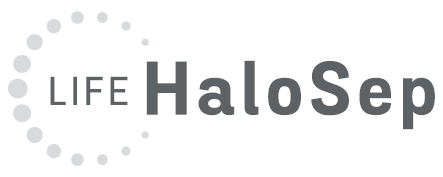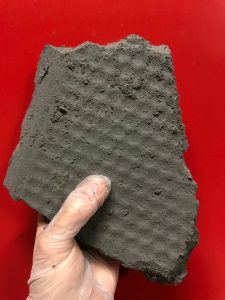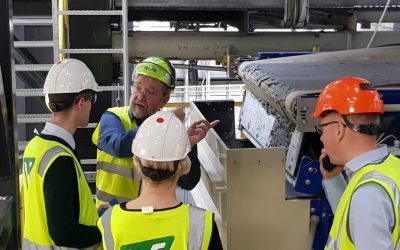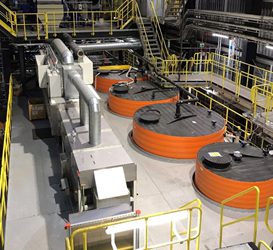After the test periods in the EU funded LIFE HaloSep project at Vestforbrænding, the treated fly ash has undergone a rigorous classification process. All according to the EU Waste Directive classification guidelines.
The final piece of the puzzle was obtained as a part of the test campaign during the summer of 2022 at the MaxIV Synchotron test facility in Lund, Sweden. The results from these tests verified the non-hazardous nature of the treated fly ash with respect to key elements in the classification process. The treated fly ash from HaloSep now has a non-hazardous waste code according to the European Waste Catalogue (EWC) system. The municipality of Glostrup in Copenhagen, Denmark approved the reclassification of the fly ash as the non-hazardous EWC code 19 02 06 “sludges from physico/chemical treatment other than those mentioned in 19 02 05”.
To the best of our knowledge this milestone has never been reached before. The reclassification is the first step towards realizing full recycling of a waste from our society that has up until now solely been regarded as a landfill waste. The treated fly ash from the HaloSep process meets several of the general end-of-waste criteria stated by the EU required for a material to be reintroduced back into the society. The HaloSep process is commercialized by the Stena Metal AB subsidiary HaloSep AB and is available for all waste-to-energy plants that want to become fully circular.
Staffan Svensson, the CEO of HaloSep AB, comments the latest developments “The reclassification of the HaloSep treated fly ash is a significant milestone for HaloSep and the waste-to-energy industry. This opens up to new possibilities and enhanced business opportunities for our customers. We have seen a great interest from stakeholders to include the HaloSep treated fly ash as a part of their processes and products.”




